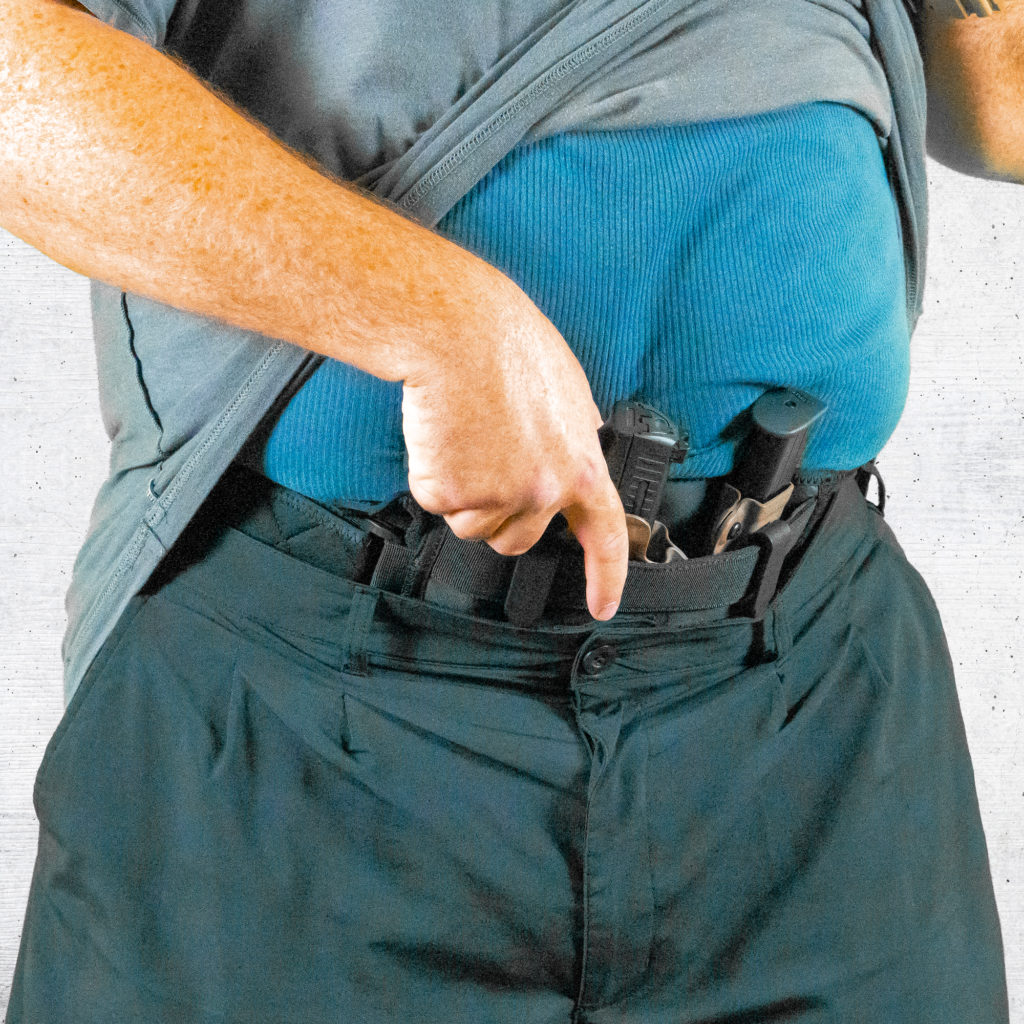
5 Essential Draw Techniques for Firearm Safety
Mastering Concealed Carry: 5 Essential Draw Techniques for Firearm Safety
When it comes to concealed carry, mastering your draw technique is crucial. A smooth, quick, and accurate draw can make all the difference in a self-defense scenario. Whether you’re new to carrying or a seasoned pro, refining your draw technique is an ongoing process that helps improve safety and efficiency. In this article, we’ll break down five essential tips for developing proper draw techniques when carrying concealed.
1️⃣ Clear Your Garment Efficiently
One of the biggest challenges of concealed carry is managing your cover garment. Whether it’s a jacket, shirt, or another layer, it’s vital to practice sweeping it out of the way smoothly.
Why it’s important:
When seconds count, fumbling with your clothing can cost valuable time. A clean sweep ensures that your holster is fully exposed, allowing you to access your firearm without unnecessary delays. Regular practice will make this movement instinctive.
Pro Tip:
Start slow, using both strong and support hands to move your garment aside while drawing. Practice with different types of clothing (e.g., jackets, t-shirts) to be prepared for any situation.
2️⃣ Establish a Strong Grip
Once your firearm is accessible, a firm grip is essential. Establishing the proper grip on your handgun before it leaves the holster ensures that you maintain control and avoid misfires.
Why it’s important:
If your grip isn’t strong from the start, you risk losing control of your weapon, which can lead to poor accuracy or dropped firearms during stressful situations. A solid grip also ensures that you can quickly move into a shooting stance without adjusting your hand positioning.
Pro Tip:
Practice dry firing exercises with an unloaded firearm to master your grip. Make sure your grip is high on the backstrap, with thumbs aligned and fingers firmly around the handle.
3️⃣ Smooth Draw – Avoid Snagging
The key to a successful draw is fluidity. Pull your firearm straight up out of the holster to avoid snagging on clothing, holsters, or other gear.
Why it’s important:
A smooth and straight draw reduces the chance of getting caught on clothing or accessories, allowing you to draw quickly and consistently. Snagging could waste precious time or even cause you to drop the firearm.
Pro Tip:
Ensure your holster is correctly positioned on your body for a quick, snag-free draw. Consider holster retention and adjustability to minimize the risk of getting caught.
4️⃣ Quick Presentation to Firing Stance
Once the firearm is clear of the holster, bring it up quickly to your chest, aligning your sights as you push it forward into your firing stance. This allows for fast target acquisition.
Why it’s important:
Bringing the gun to your chest before extending it toward the target allows for quicker reaction times. It also helps you align your sights faster and more accurately, which can be crucial in a high-stress situation.
Pro Tip:
Use both hands in a two-handed grip for better stability. Practice transitioning from the draw to the firing stance until it feels natural.
5️⃣ Regular Practice – Build Muscle Memory
Finally, practice makes perfect. Consistent practice with your concealed carry draw technique builds muscle memory, which is essential for reacting quickly in a real-world scenario.
Why it’s important:
In a high-pressure situation, you rely on instinct rather than thought. Regular practice ensures that your movements are smooth, fast, and precise without needing to consciously think through each step.
Pro Tip:
Regularly practice with an unloaded firearm, focusing on your draw, grip, and presentation. Consider using training tools like a dry-fire laser to help with accuracy.
Final Thoughts
Mastering proper draw techniques is crucial for anyone who carries concealed. These five tips will help you stay safe, improve your speed, and ensure you’re prepared for whatever comes your way. Remember, it’s not just about being fast—it’s about being smooth and controlled.
Make it a habit to practice regularly, both with your everyday carry setup and in varying situations, such as seated or moving. The more familiar you are with your draw, the more confident and capable you’ll be when it matters most.
